
Details from an unpublished report on 25 schools built under the Building Schools for the Future programme have been published by Building magazine even though Michael Gove’s Department for Education is apparently withholding the data.
The leaked results show that a third of the group was judged “very good” while all the rest were rated acceptable.
But the post-occupancy evaluations on the schools find evidence of a wide performance gap on energy efficiency, with nine schools judged to have “unsatisfactory” performance on sustainability.
Overall, the findings suggest that schools with intelligent “fabric first” design are delivering lower energy bills than schools with complex green technologies such as PV panels.
The gap in energy costs between the best and worst performing schools is said to £85 000 per year, enough to hire at least three classroom teachers.
The review found that generally speaking, classrooms, learning spaces, and circulation areas were well-designed. But schools suffered from poor ICT infrastructure, sound insulation problems, and lack of adaptability to future changes.
The post-occupancy report also recommended that complex building services systems should be avoided, and the “Soft Landings” methodology should be embedded within contracts to help ensure that school buildings perform as they were designed to.
On the DfE’s reluctance to published the results, Building quoted Steve Beechey, head of education at Wates, saying: “The industry is striving to produce more efficient schools to help the government delvier more for less, so this kind of information is invaluable. The more we know about the impact of previous projects, the better equipped we are to achieve this.”
But a DfE spokesperson defended the decision not to publish the data on the grounds that levels of funding, project sizes and procurement routes have all changed since BFS. “However, the relevant finding have been taken on board and will be used in future school building programmes,” he said.


Comments
Comments are closed.


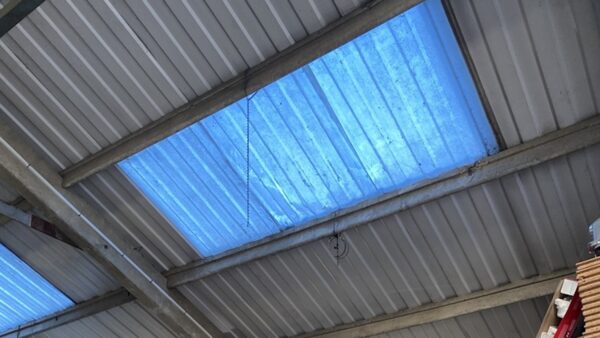
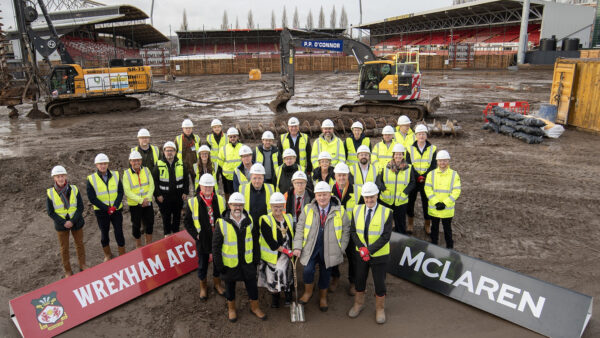


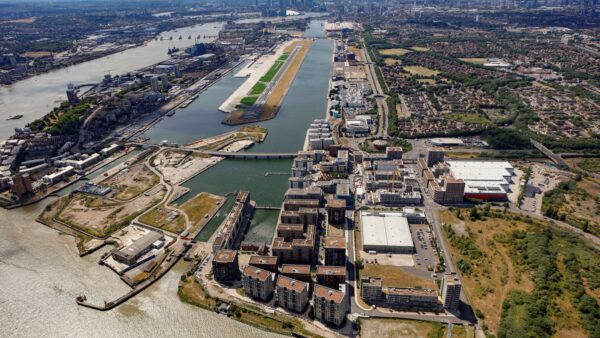

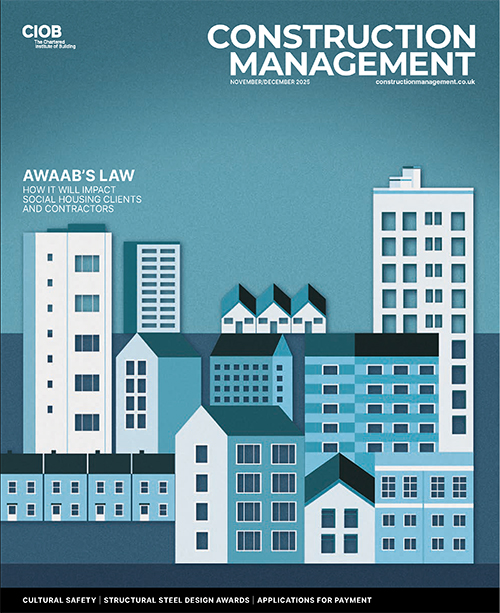
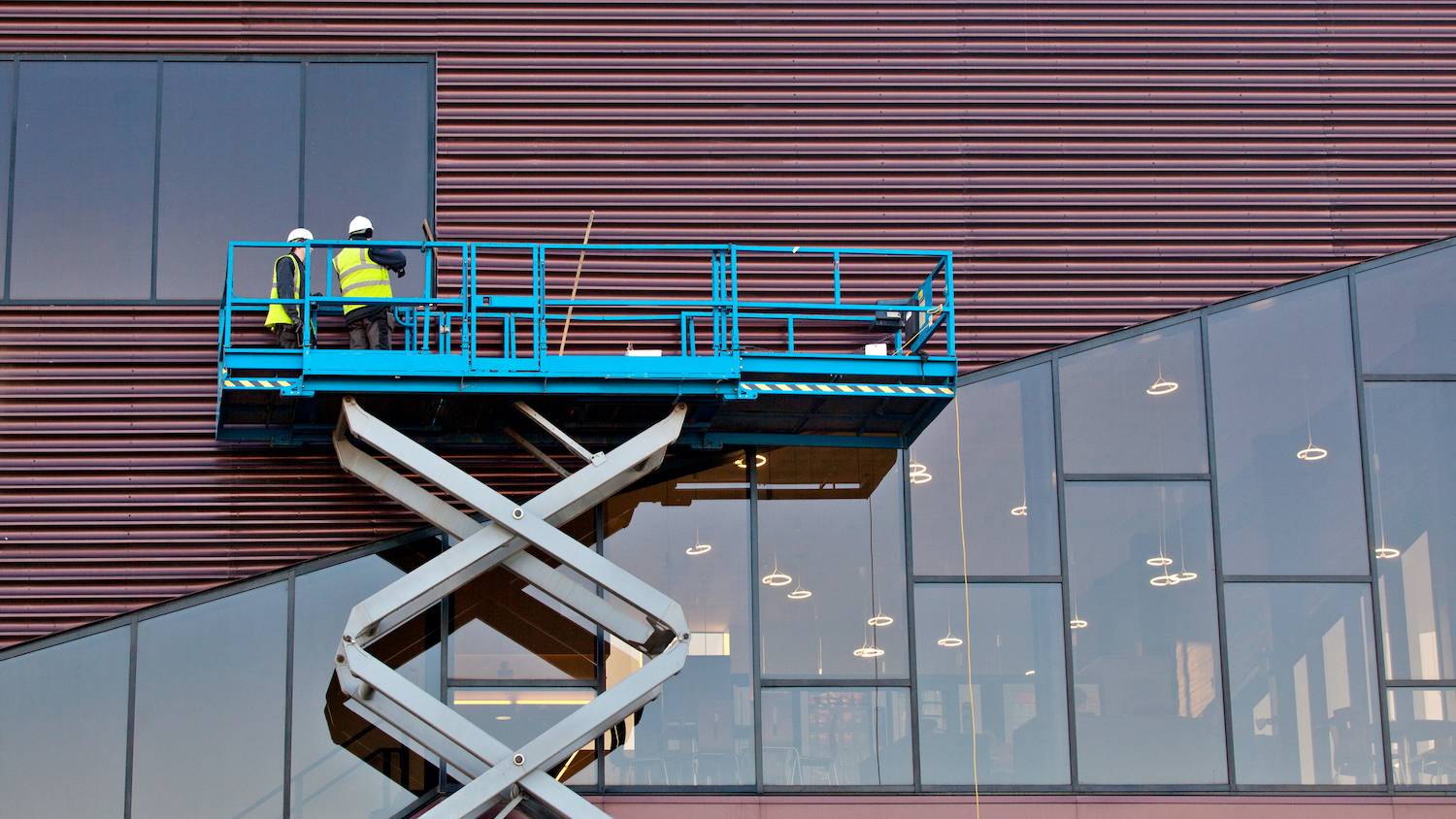

The problem with schoolbuildings is that Architects wish them to look pritty and win competitions therefore the fabic of the building costs a fortune. We should be designing well insulated metal box schools that look like factories (Schools are “Factories for Learning”) and we should be spending all the design money on versatile spaces within the buildings to give exciting learning environments.